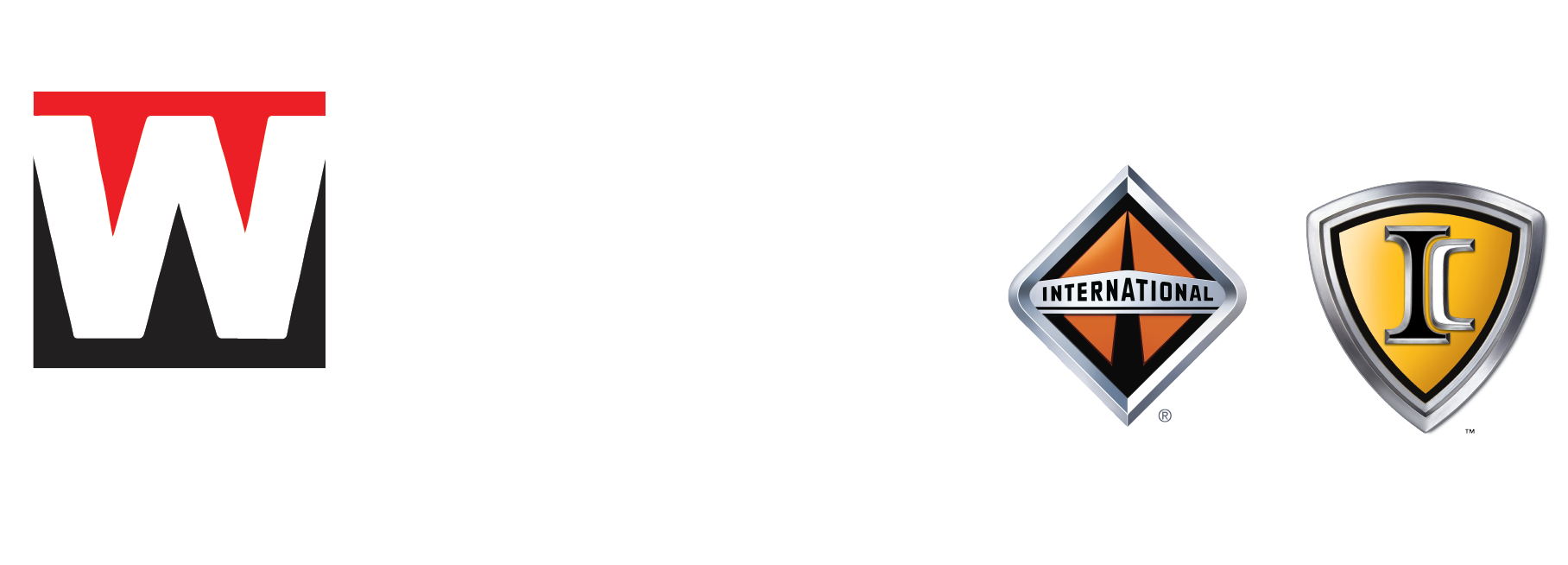
Diesel particulate filters (DPFs) are designed to reduce emissions that trucks produce, but because of the nature of their design, they need to be cleaned regularly. In this article we will break down how often your DPF might need to be cleaned, how to clean it, and when to know if it needs to be replaced.
Why Do I Need to Clean It?
Diesel particulate filters are an essential component of exhaust systems on newer vehicles. They increase fuel efficiency and reduce emissions. They work by collecting toxic particles, like soot, from the exhaust and reuse it to further power your truck.
You should clean the DPF to increase its functionality and help it last longer! As you use your truck and it does its job, buildup in the filter will occur. Although it is designed to recirculate the soot it traps, there will eventually be a point where it will need to be cleaned manually.
When to Clean
In general, your truck’s DPF will need to be cleaned every 124,000 miles. However, because they are designed to trap soot, it’s possible it will require attention before it reaches a specific mile mark.
You should clean the DPF if you notice regeneration failure, a persistent and intense smell of diesel, a spike in fuel consumption, or an unusual amount of exhaust being released. You may also see a warning light on your dashboard to alert you of a problem.
The most frequent cause of a blockage that will require cleaning is a lack of passive regeneration, which occurs during high speed travel. So, if you don’t typically use your truck on the highway or interstate, you might need to pay closer attention to the DPF performance.
How To Clean Your DPF
There are a few different ways you can clear out the DPF, including liquid fuel additives, having it serviced, and cleaning it manually.
Liquid DPF Cleaner
The first step you can take toward cleaning out your DPF is by adding a cleaner to your fuel. It works by mixing with the soot particles to create a new chemical compound that can burn at lower temperatures, helping increase the amount of passive and active regeneration. This process allows more soot to be recycled, clearing out the filter and helping exhaust pass through it.
Mechanical DPF Cleaner
A second option that can be very cost-effective is the use of a mechanical DPF cleaner. These are more often owned by mechanics, so you may need to schedule an appointment to utilize this option. With several locations across North Carolina, our service team at White’s International Trucks would love to assist you with this process!
Essentially, this method uses compressed air, ash containment, and pre-programmed cycling to target the buildup and remove it from the filter.
Manual Cleaning
Cleaning the filter manually can be a difficult task and usually requires specialized training. It requires precise knowledge of filter removal and the delicate process of cleaning it out. Unless you have previous experience, it’s recommended that you have your filter professionally cleaned if it needs to be done so manually.
When It’s Time to Replace
Unfortunately a good cleaning won’t always fix the problem and your filter may need to be replaced after a certain amount of use. You should always troubleshoot any existing problems to see if it can be resolved without replacement, but as a final option, you can always purchase a new filter.
We hope this DPF cleaning guide has been helpful for you! Your truck’s exhaust system is crucial to performance, therefore the functionality of the DPF is as well. If you have any questions or concerns about your own filter, our service department at White’s International Trucks would be glad to help! You’ll find us throughout North Carolina.
